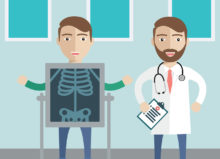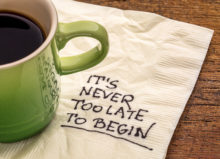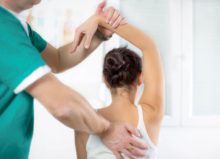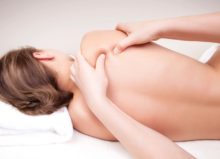Movement
It’s easier to act your way into a new way of thinking, than think your way into a new way of acting.”
― Jerry Sternin, The Power of Positive Deviance: How Unlikely Innovators Solve the World’s Toughest Problems
Awake or asleep, we all move. Most people sit, stand, sway, tap their feet, nod their heads, speak, use gestures. Even those whose movements are limited due to disabilities or injuries move parts of their bodies. Have you ever considered how these movements, large and small, express and communicate who you are in that moment? How your habits, attitudes, and beliefs may be read through how you stand, sit, walk, turn around, clap your hands, or lean in to hug another person? Have you ever considered how some of these familiar patterns of movement may limit our sense of who we are and what is possible for us?
Our movements, which express our beliefs, assumptions, and emotional states, are unconsciously directed by a lifetime accumulation of experiences and emotions. The expressions on our faces, the positions of our bodies when we stand or sit, our habitual pulls to the left or right, the ways we bow forward or lean away, all signify a state of being, our emotional states, and even our unconscious intentions.
Old traumas and fears influence how we move, or fail to move. If we want to change something about ourselves, we need to become conscious of our patterns of movement and their origin.
Changing how we move starts with recognizing our patterns of movement and their origin.
By discovering our way and purpose of movement, we can gain insight into the ways that early experiences may be keeping us bound to old assumptions that no longer fit. We can also discover, through gentle exploration, not only limitations—but also new potentials. We may, with assistance, begin to uncover layers of possibilities that have seemed far away, behind a glass door.
Rather than trying to change by focusing on our fast-changing emotions and mental states, we can learn about ourselves by focusing instead on our movements. Because our movements and gestures are so undeniably definite, they give us more reliable information that simply talking about how we feel, or what we are thinking.
Once we become more conscious of how some movement patterns may be limiting, we can choose to find new moves that allow access to new thoughts, new attitudes, and new behaviors.
Through systematic work and play with movement, we can begin to move past old injuries and traumas that have limited our movements and body-identities. As we discover newly flexible moves, we can work over time to express more creative, more resilient, more expansive selves.
Moving together, we will find new moves that make space for a richer sense of who we might be.






